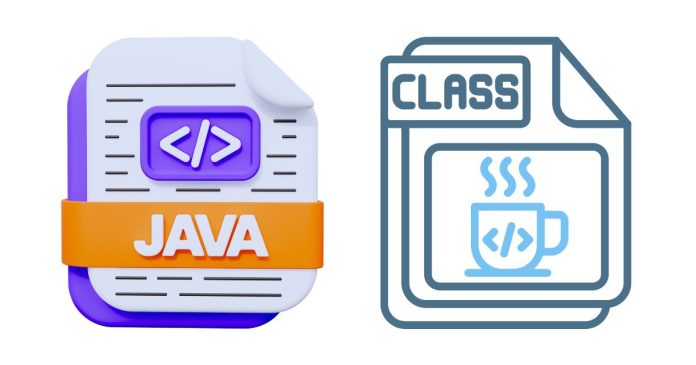In Java, classes and objects are the foundation of Object-Oriented Programming (OOP). A class serves as a blueprint for creating objects, while an object is an instance of a class.
1. What is a Class?
A class is a template that defines the structure and behavior (data and methods) of objects. It contains:
- Fields (Variables): To store data (attributes).
- Methods: To perform actions or define behavior.
Syntax of a Class
class ClassName {
// Fields (Attributes)
int field1;
String field2;
// Methods
void display() {
System.out.println("This is a method in the class.");
}
}
2. What is an Object?
An object is a specific instance of a class. It contains:
- The state: Represented by its attributes (field values).
- The behavior: Represented by its methods.
Creating an Object
Use the new keyword to create an object of a class.
Syntax
ClassName objectName = new ClassName();
3. Example of Class and Object
Code Example
// Defining a class
class Car {
// Attributes (Fields)
String brand;
String color;
int speed;
// Method
void displayDetails() {
System.out.println("Brand: " + brand);
System.out.println("Color: " + color);
System.out.println("Speed: " + speed + " km/h");
}
}
// Main class
public class Main {
public static void main(String[] args) {
// Creating an object of the Car class
Car myCar = new Car();
// Setting attributes
myCar.brand = "Toyota";
myCar.color = "Red";
myCar.speed = 120;
// Accessing methods
myCar.displayDetails();
}
}
Output
Brand: Toyota
Color: Red
Speed: 120 km/h
4. Key Features of Classes and Objects
- Encapsulation:
- Wrapping data (fields) and methods together inside a class.
- Example: Use
privateaccess modifiers and providegettersandsetters.
- Abstraction:
- Hiding implementation details and showing only the essential features.
- Inheritance:
- A class can inherit fields and methods from another class (using
extends).
- A class can inherit fields and methods from another class (using
- Polymorphism:
- Objects can take multiple forms, e.g., method overloading and overriding.
5. Advantages of Using Classes and Objects
- Code Reusability: Once a class is defined, multiple objects can be created.
- Modularity: Classes make it easy to organize and maintain code.
- Scalability: Easy to add new attributes and methods.
- Real-World Mapping: Objects and classes map real-world entities effectively.
6. Frequently Asked Questions
Q1: Can a class have multiple objects?
Yes, you can create as many objects as you need from a single class.
Example:
Car car1 = new Car();
Car car2 = new Car();
Q2: What is the difference between a class and an object?
- Class: Blueprint or template.
- Object: Instance of the class.
Q3: What are constructors?
Constructors are special methods used to initialize objects. Example:
class Car {
String brand;
// Constructor
Car(String brandName) {
brand = brandName;
}
}
Let me know if you’d like a deeper dive into any topic or more examples! 😊


